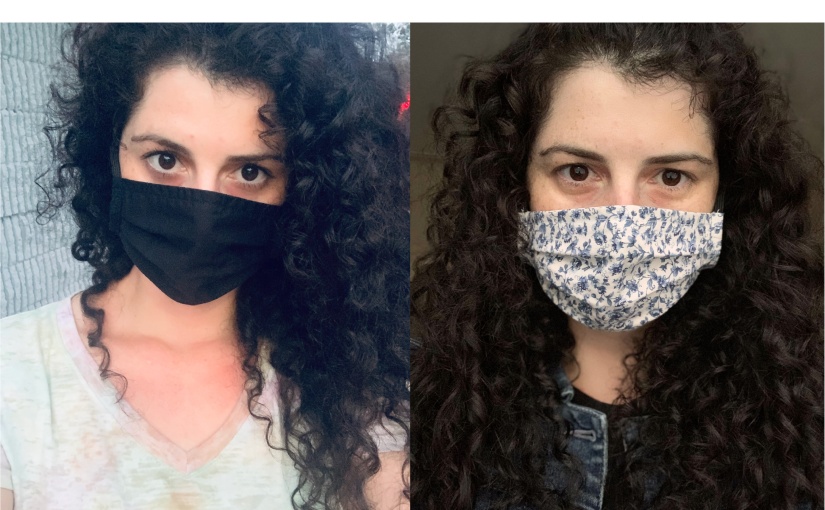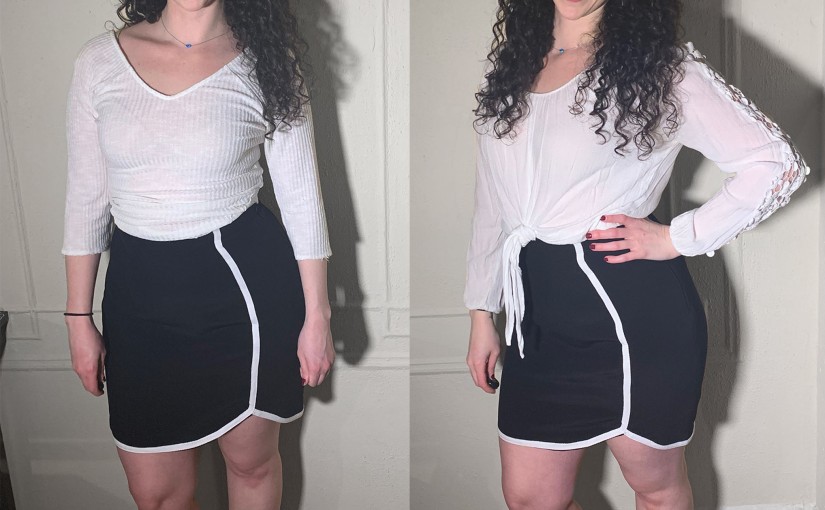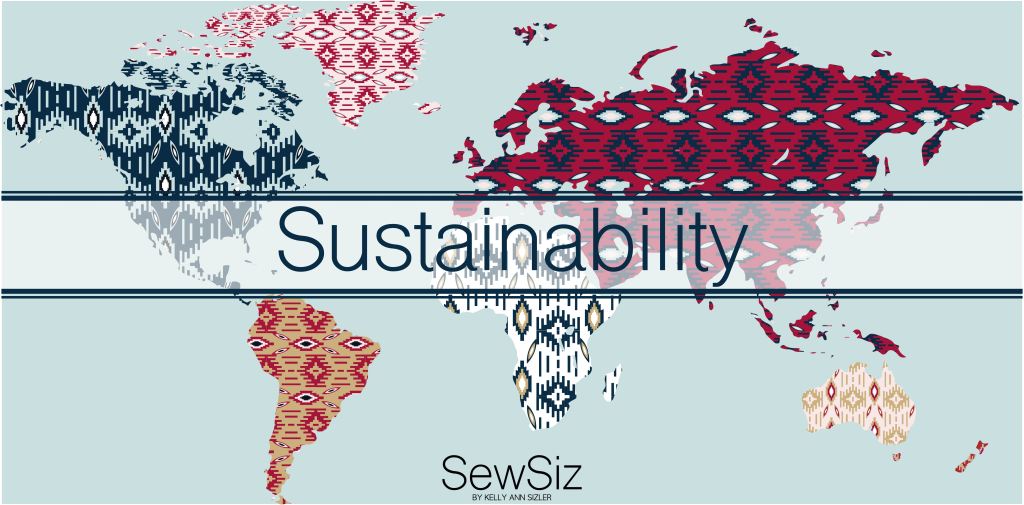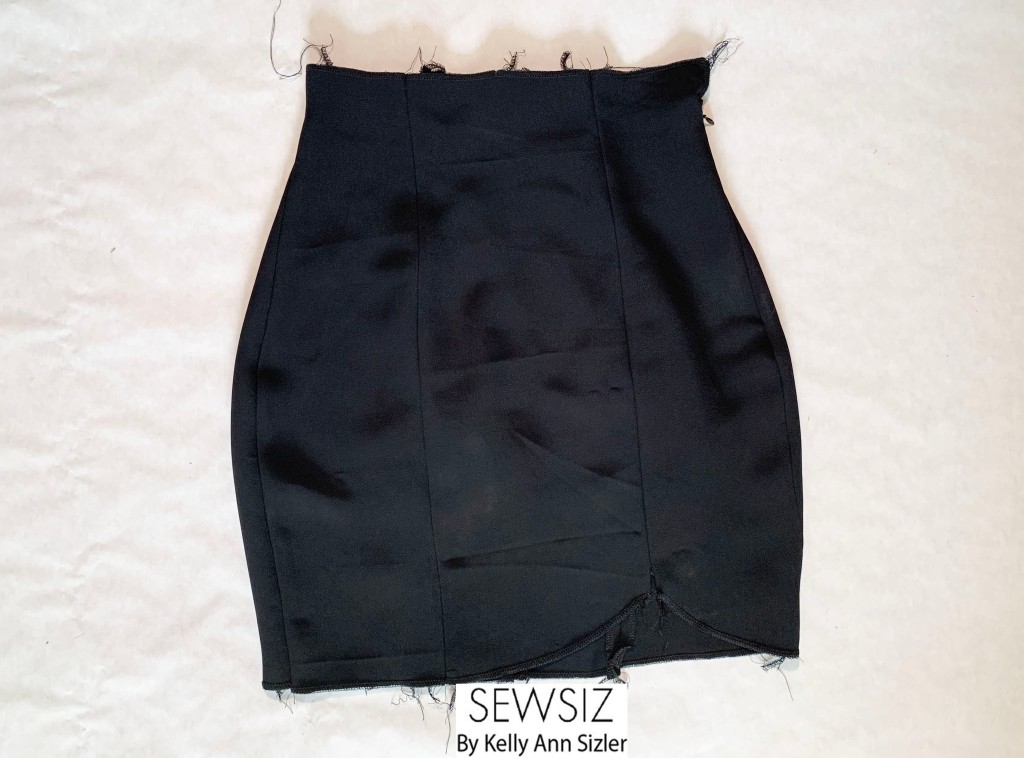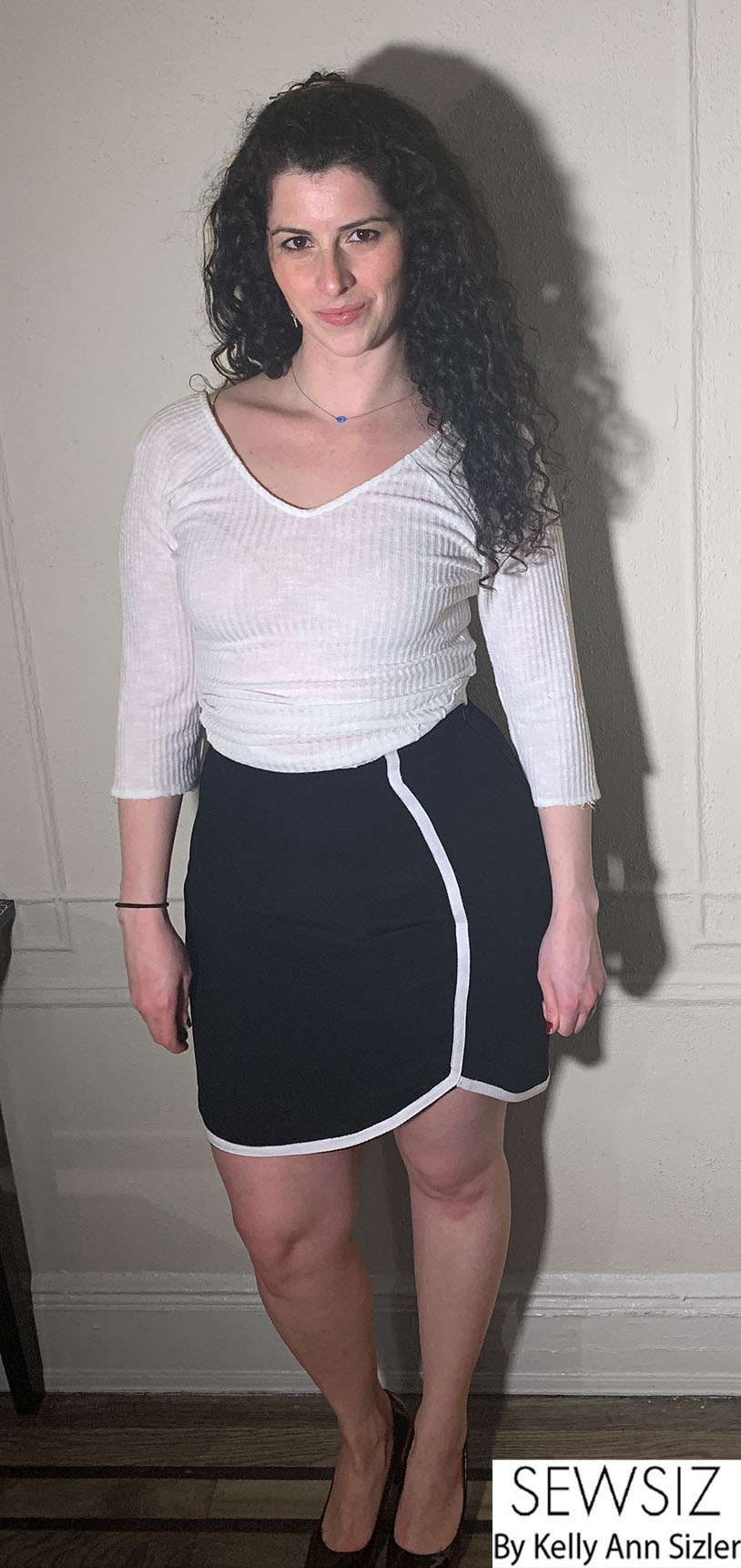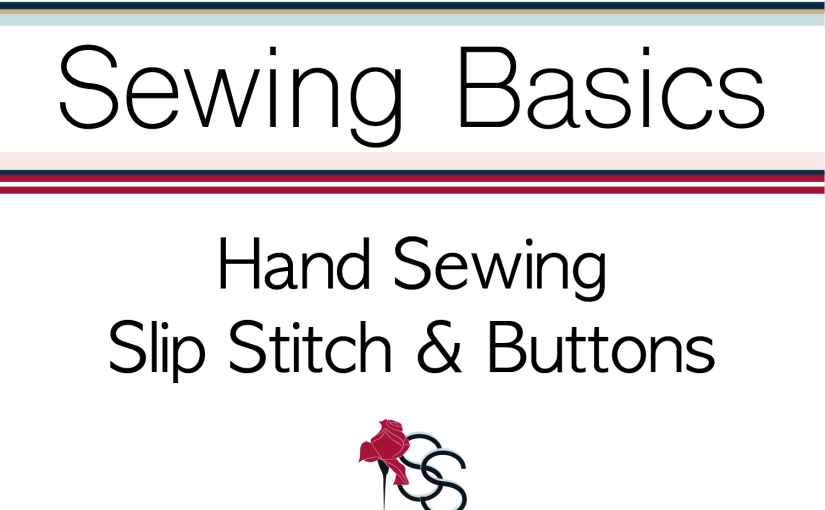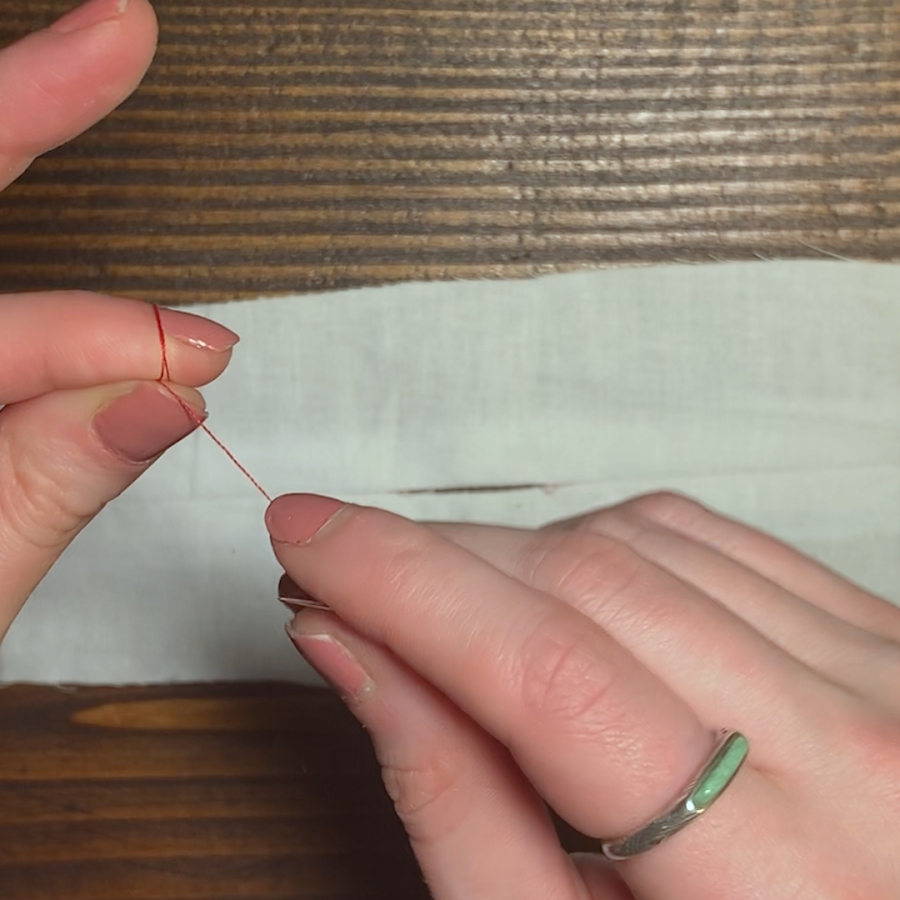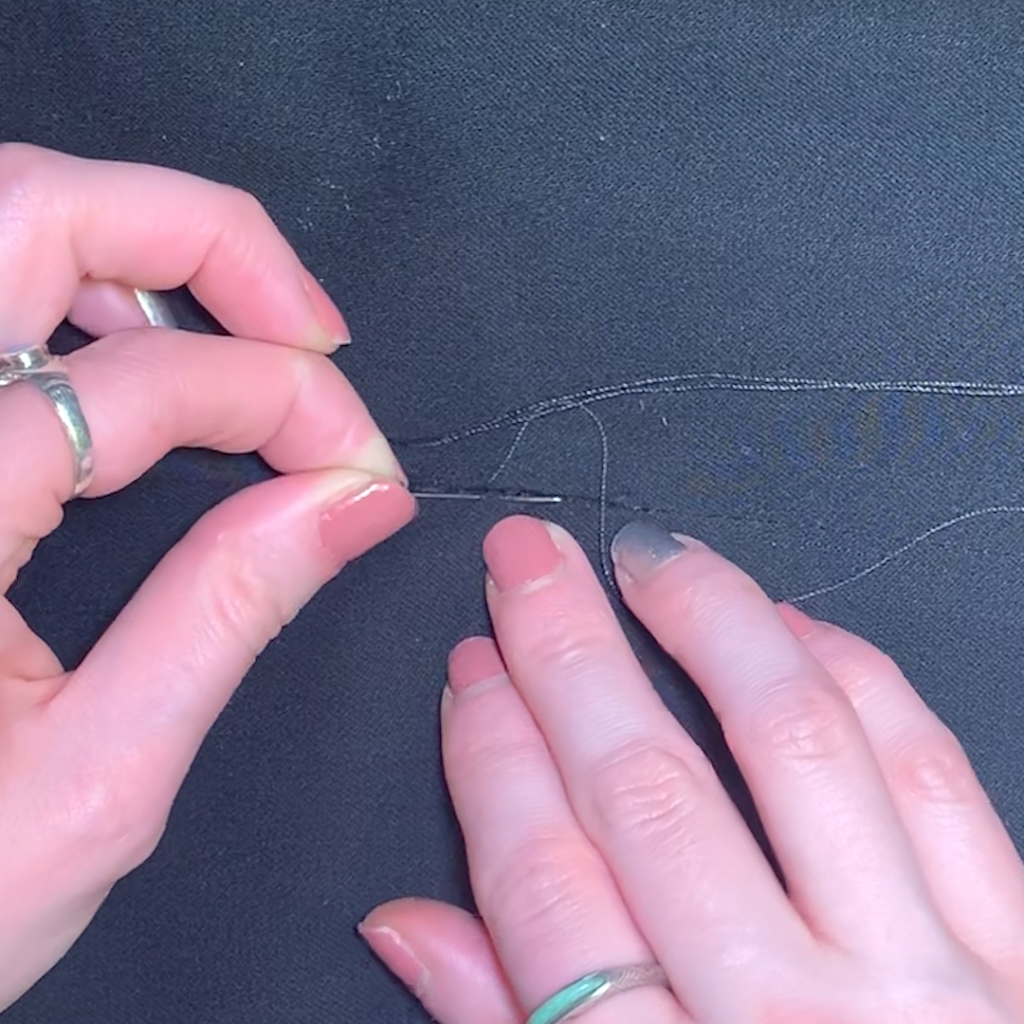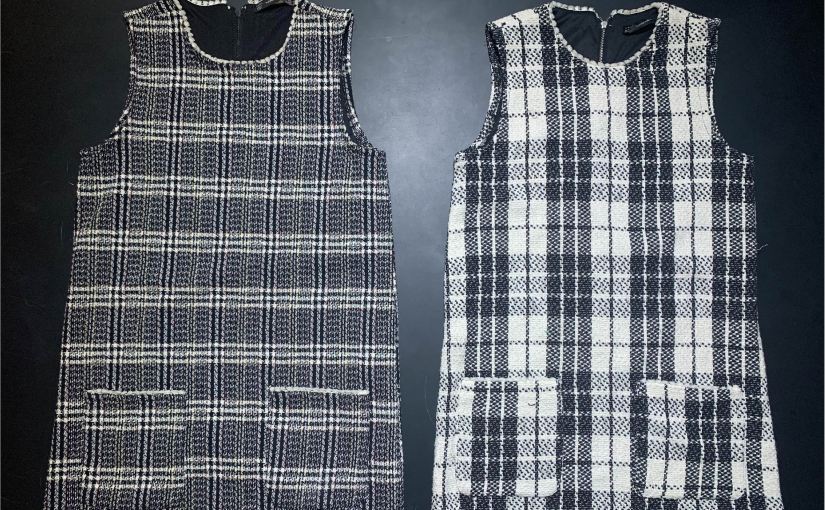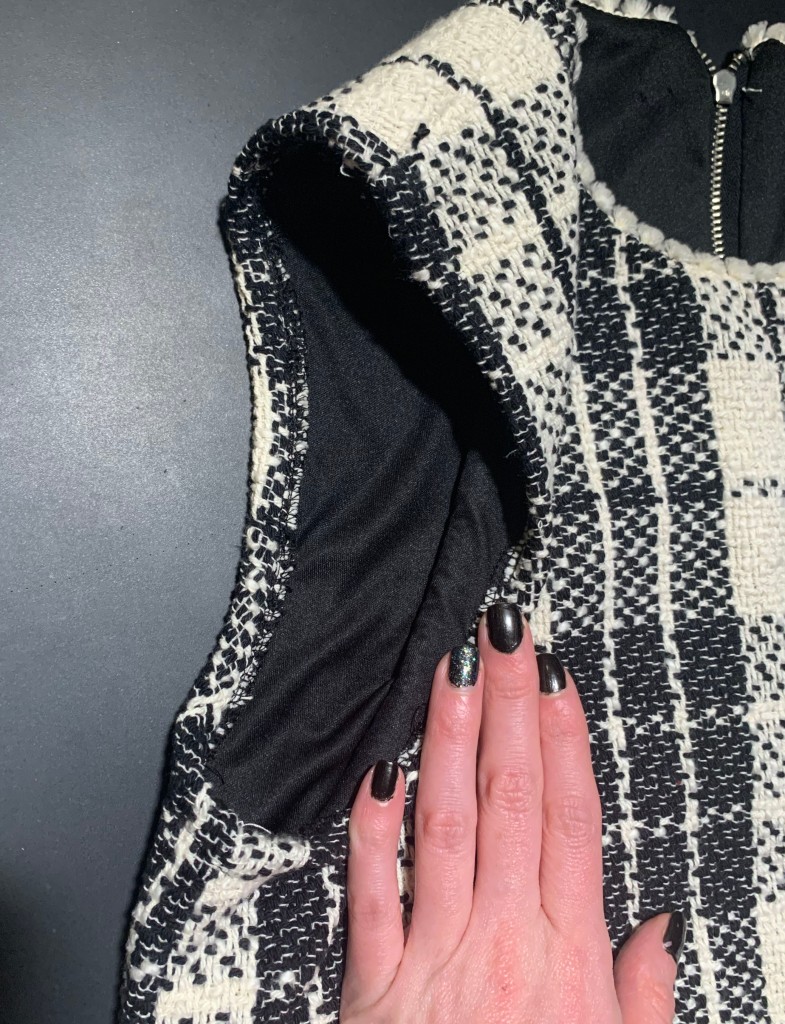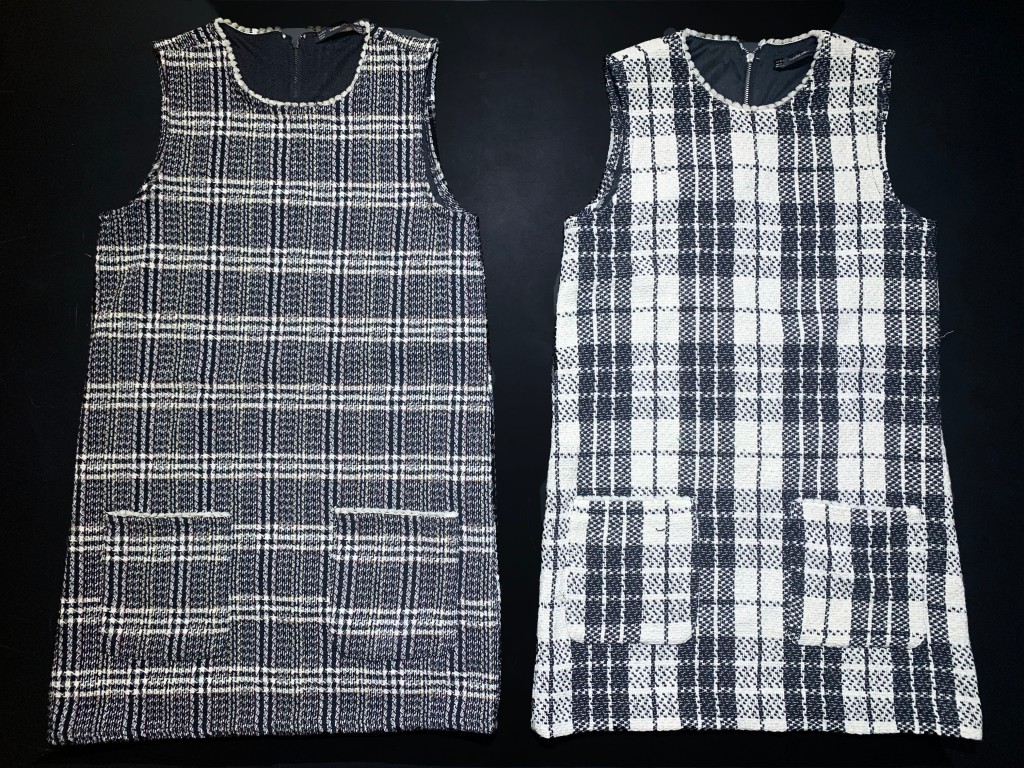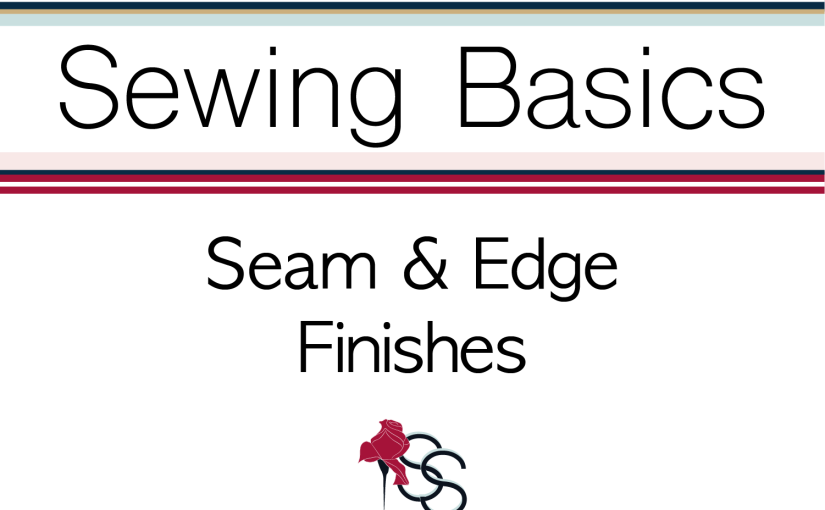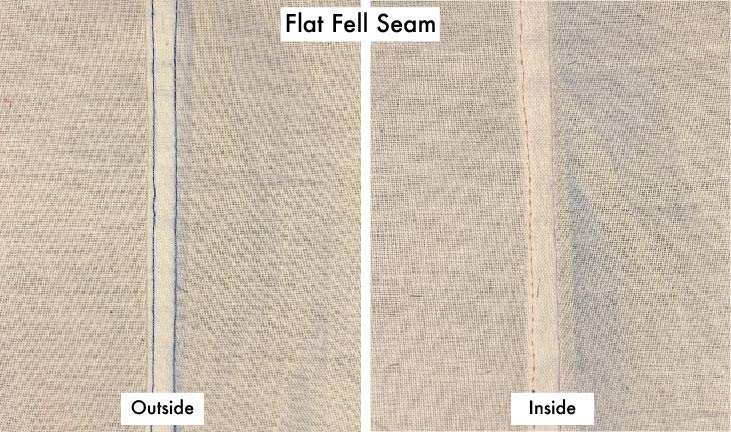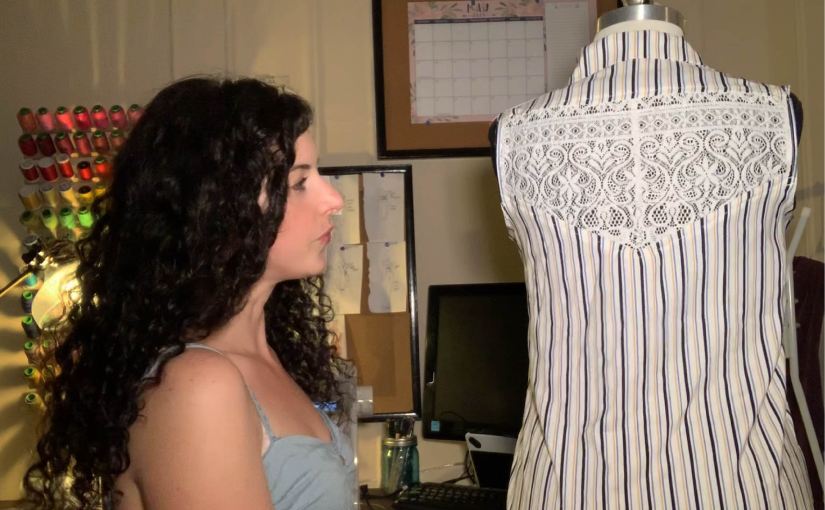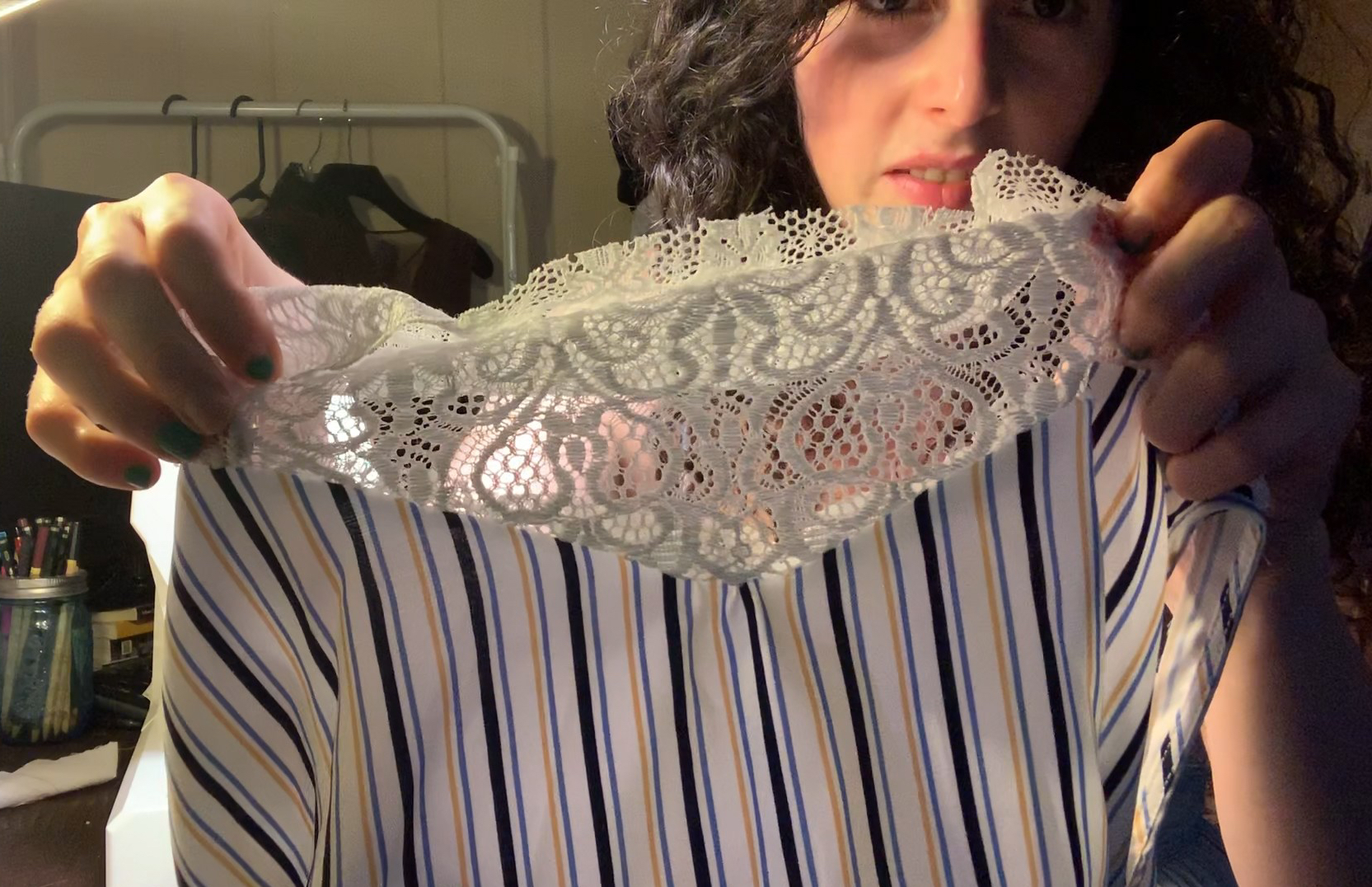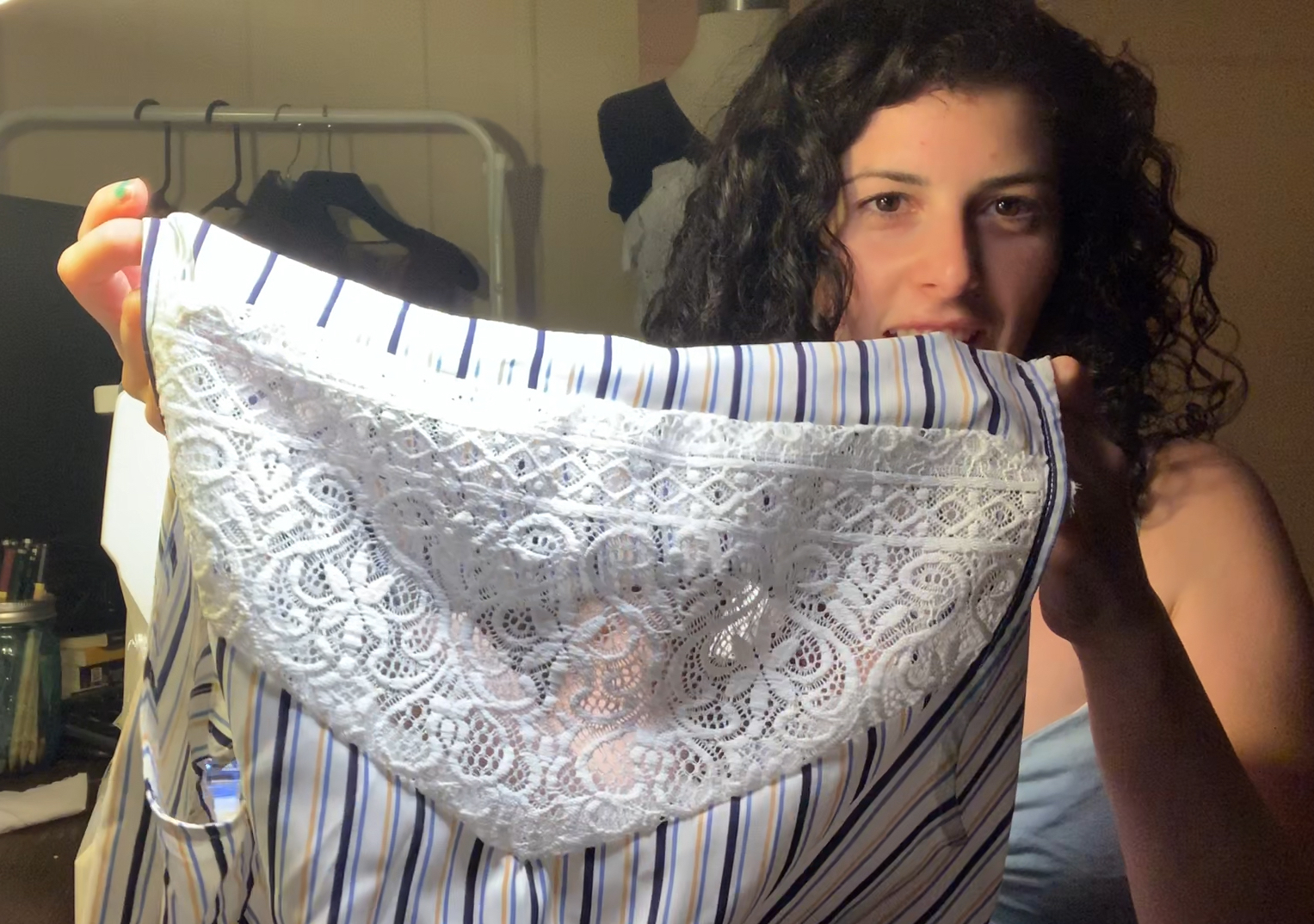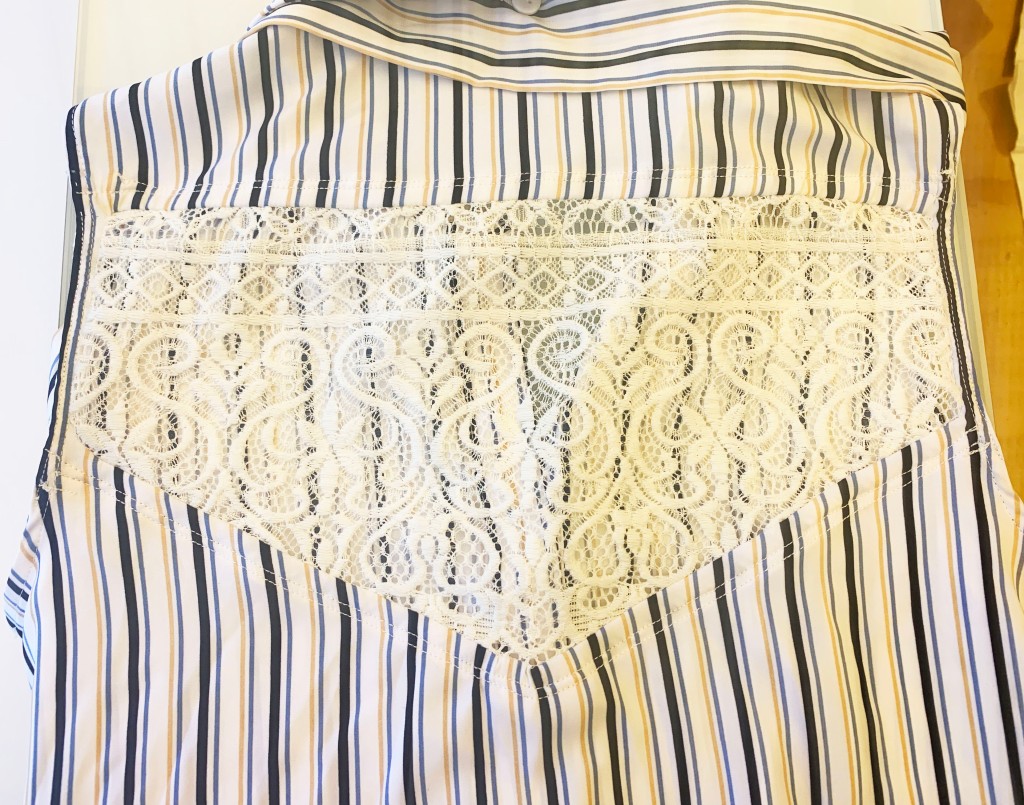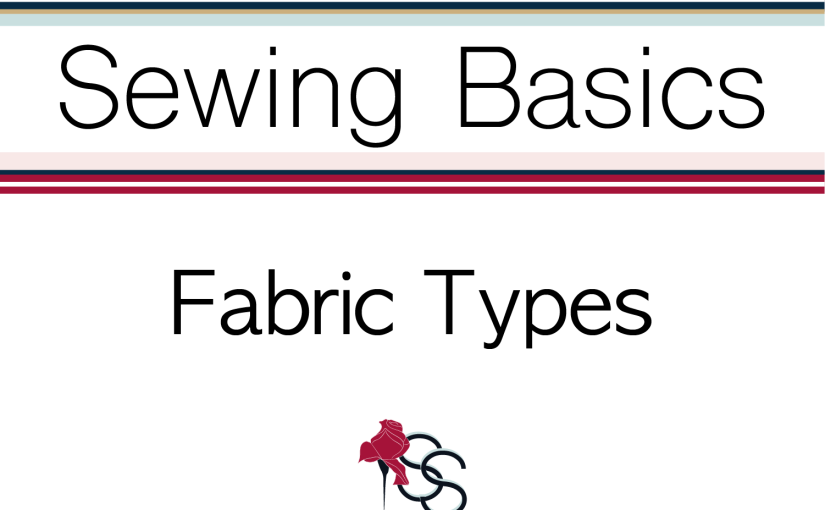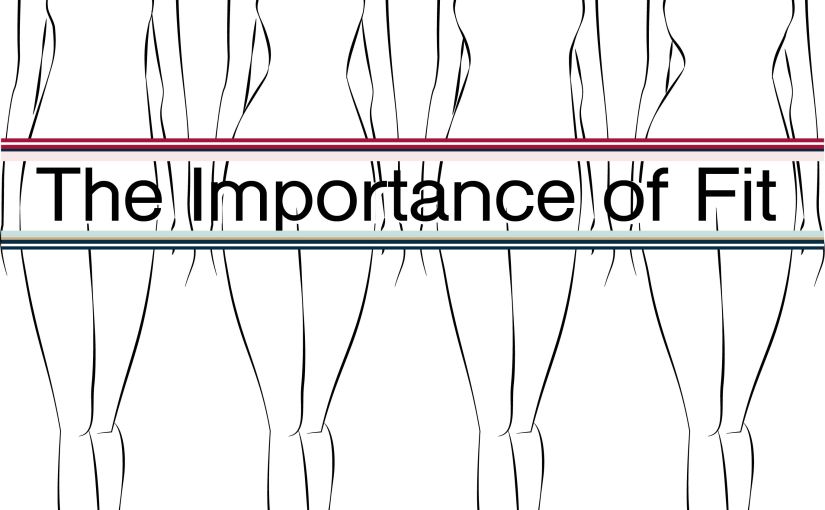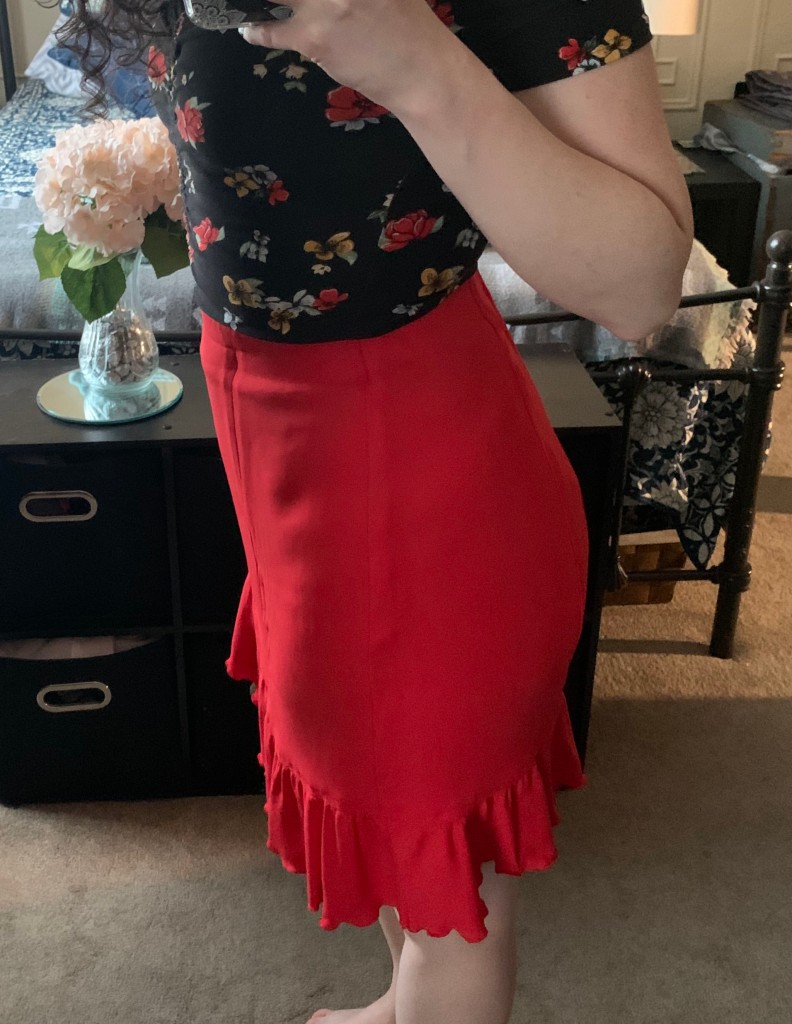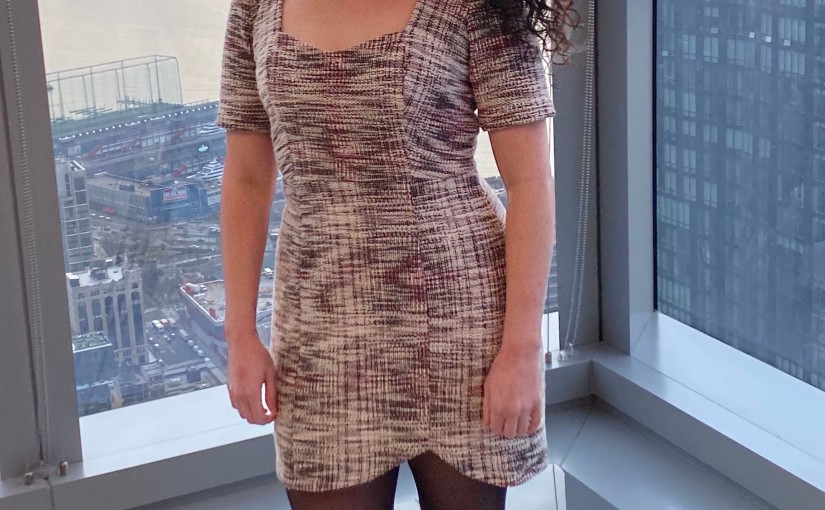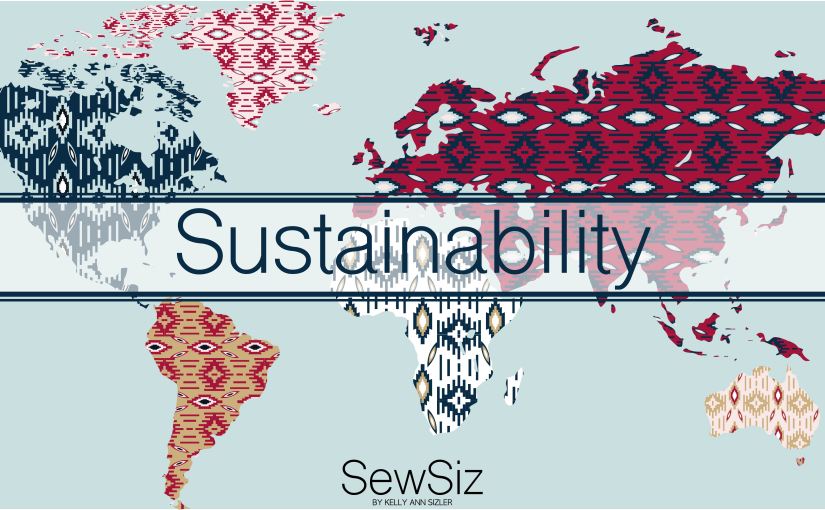2020 Fashion Masks
It’s been a while since my last post and the world has been through some major changes since then! I’ve been meaning to post my mask patterns since last year but haven’t found much time in between working from home, spending extra time with family, and making mask orders.
I left my apartment in NYC for a while early on in the pandemic to head back to Ohio to be with my family during the quarantine. I didn’t have my usual tools, patterns, fabric, and setup to get all of the projects done that I had originally anticipated for the year or even record everything to post like I wanted. But I’m happy to say that I’m starting to get back into my projects which I’m really excited about.
My main project for this past year has been making face masks. I’ve probably made over 350 masks at this point. Now that I have all of my tools available to share tutorials and the world has opened up a lot more (not so much here in NYC yet) and wearing masks has become a part of our everyday lives, I wanted to share my fabric face mask pattern with everybody.
I originally based my patterns on the recommendations from hospital websites but they didn’t work for everyone so after fitting them on myself and family members I came up with a few different sizes that I think work for most people; Regular (closer to the standard mask size), Small (petite), Children’s, and Toddler sizes. I personally wear the small/petite size but I listed the measurements below.
I originally created the pattern thinking I’d have to use bias tape as the ear loops, since elastic wasn’t available ANYWHERE and stores were closed with no other options. I was luckily able to obtain some but that’s partly where the inspiration for the design came from.
All of the research I’ve found shows that a tight knit cotton fabric in the best option for face masks. It’s not going to be as protective as a medical mask but it is the most functional option while still making it easy to breathe. I would’t recommend using any other fabrics/fiber contents. I focused on getting a sleek look and finding the best fit with this fabric to allow the most protection and offering a variety of sizes.
“The preliminary results, available online, show that the most important factor to determining whether a mask will protect a person is not the material used, but how well it fits on the wearer’s face.” I made my pattern into 4 different sizes in order to get the best fit!
https://news.northeastern.edu/2020/04/20/pantyhose-toilet-paper-coffee-filters-which-materials-make-the-best-masks-to-stop-the-coronavirus/
I posted the patterns to purchase below along with the sewing instructions. If you have any questions or need any help please leave a comment below!
Supplies:
- Cotton Woven Fabric
- Thread
- Pins
- Fabric Shears
- 1/4″ elastic or bias tape
- Face mask pattern – see mine on Etsy
Fabric Face Mask Pattern Purchase
Adjust elastic/earloop lengths for better fit
- Regular sized – closest to the standard medical face mask size (H 6 3/4″ – W 7″ – Earloop: 8″)
- Small/Petite sized – good for petite adults and juniors (H 6″ – W 6 3/4″ – Earloop: 7″)
- Children’s* sized – kids 5+ (H 5 3/4″ – W 6 1/4″ – Earloop: 6 1/4″)
- Toddler* sized – kids 2-4 (H 5″ – W 5 3/4″ – Earloop: 5 1/2″)
*Children’s and toddler masks should be worn under adult supervision
The mask contours at the top and bottom to get a snug fit around your nose and under your chin without adding too much bulk along the sides. The pleats help it open more or less in order to get the best fit on a variety of different face sizes. I finished the side edges with a self binding so that it looks neat and sleek without seeing the bulk of the pleats at the edges. I also like having the elastic coming out of the top and bottom of the mask instead of directly out the sides so that there is less stress and tugging on the ears.

You can purchase a digital download of my patterns on Etsy!
Sewing Instructions:
Cutting:
Be sure to cut the mask on the straight grain (cut 2 pieces) with the bias edge trim on the bias (cut 2 pieces). See the below image for insructions.
Cut the elastic to the proper length (see pattern – make adjustments as needed to fit you best)
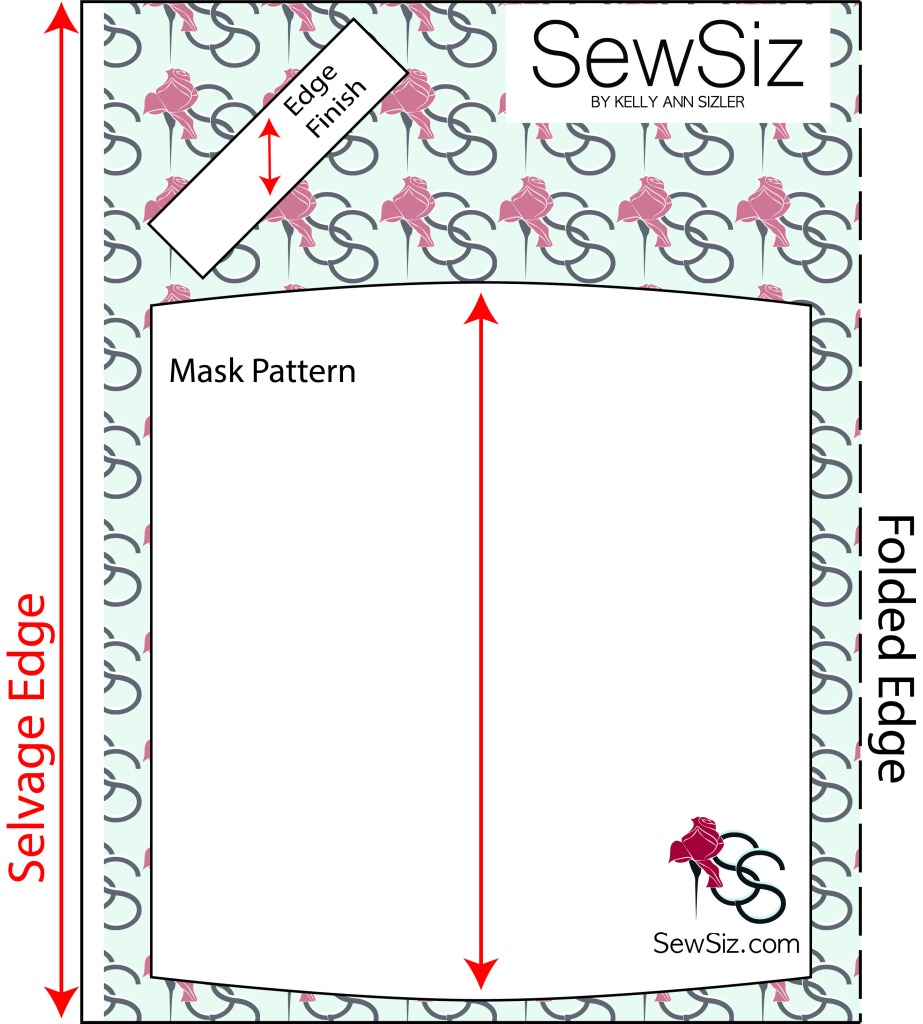

Sewing:
Step 1
With right sides together, sew the pieces together with the 1/2″ seam allowance at the top and the bottom (the part that goes over the nose and under the chin).

Step 2
Flip the mask with right sides out and press these seams open and then flat

Step 3
After it’s pressed take the notches and match them up going from top to bottom to get the 3 pleats, pinning them in place as you go. Do this to both sides and iron them flat.
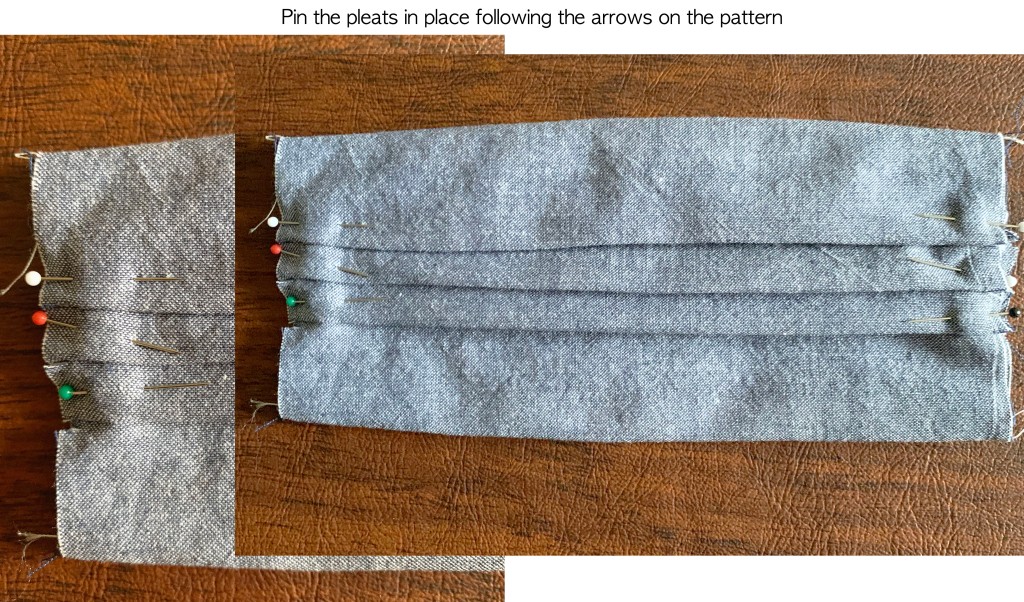
Step 4
Stay stitch the pleats down at 1/4″ in from the edge to secure them before adding the binding edge pieces
Step 5
Pin the bias cut edge finish pieces to the edge with right sides together. Make sure to fold down the 1/2″ seam allowance on the ends (top and bottom) of the bias strip as shown below.
Sew this piece to the mask edge using the 1/4″ seam allowance.
Do this to both sides and then press these seams open

Step 6
Pin the elastic 1/2″ in to the top and bottom of each edge as shown below (make sure the elastic doesn’t twist) and stitch the elastic to the seam allowance to keep it in place.

Step 7
Fold the bias strip over the seam allowance twice so that the raw edgers are enclosed. Pin it down, you can iron it too if that helps you to keep it in place, and stitch it down right next to the seam edge making sure it is all enclosed.


Step 8
Top stitch 1/4″ at the top and bottom part that goes over the nose and under the chin. Make sure you’re starting at the edge and going through the elastic at the sides to reinforce it so that it doesn’t pull out.

That’s the last step, you should now have a fully completed, stylish, sleek contoured face mask!
If you don’t sew but would like to order go to the below page and send me an email!
Thanks for checking out my post. Please leave any comments and questions below and let me know how this pattern works for you!
I’d love to see your finished products so please tag me in your social media posts! #SewSiz

